The Next Generation Herd was established at Teagasc Moorepark in 2013. The first phases of the project compared high-EBI (elite) Holstein Friesian cows to those with a similar EBI to the national average. These elite animals are reflective of the next generation of dairy cows. Based on their current rate of increase in EBI, the elite animals are about 10 years ahead of the national average.
A new dimension was added to the study in 2018, after high-EBI purebred Jersey cows were included in the study. Readers will remember that Teagasc purchased high-EBI Jersey heifers in Denmark and imported Jersey embryos from New Zealand. The first complete analysis of the performance of these cows has just been released, as shown in Table 1.
Looking at the two strains of Jersey, it’s clear that the New Zealand Jerseys are outperforming the Danish Jerseys, with higher milk solids output and better fertility performance. Researcher Frank Buckley says that the Danish Jerseys are just not cut out for grazing systems.
“The EBI of the Danish Jersey is lower than the New Zealand Jersey and seems justified, given the differences in performance observed between the two strains. This reflects the way they are bred. The system in Denmark is that cows are generally kept indoors all year round and fed a TMR diet, so they always have good-quality feed in front of them, which is very different to asking a cow to walk to the paddock and graze down to 3 or 4cm every day. It is a classic case of ‘genotype by environment interaction’ and highlights the importance of selecting cows that are bred for the system,” he says.
During the first two years of the Jersey part of the study, about 40% of the Jersey herd were made up of Danish Jersey, but this has since decreased to about 20%, as the cows just haven’t survived in the system. The performance of the New Zealand (NZ) Jersey has been remarkable.
Previous studies on Jersey in Moorepark at Ballydague in the 2000s showed good milk solids production but disappointing fertility performance.
In this study, both milk solids and fertility performance are excellent. The NZ Jersey produced 445kg MS/cow, with a six week in-calf rate of 73% and an overall empty rate of 8% after 12 weeks of breeding.
In terms of milk solids, the performance of the NZ Jersey is 12kg/cow less than the elite cows, but there is considerable difference in liveweight between the two breeds. The elite cows weighed 514kg and produced 457kg MS (0.88kg MS/kg LWT), while the NZ Jersey cows produced 445kg MS/cow and weighed 406kg (1.08kg MS/kg LWT).
There were also differences in stocking rate between the breeds. The elite and national average Holstein Friesians are stocked the same at 2.75 cows/ha, but the Jersey cows are stocked 9% higher at 3 cows/ha. There is no difference in pre-grazing yield or post-grazing sward heights between the groups and concentrate levels were the same among all breeds, at 300kg/cow/ha.
When the production performance is analysed on a per hectare basis, the NZ Jersey cows come out on top at 1,305kgMS/ha, followed by the elite Holstein Friesian cows at 1,259kgMS/ha and then the national average herd at 1,220kgMS/ha.
Whether or not this higher output per hectare will correspond to higher profit per hectare will be determined at the end of the study. Cow-related costs will be higher with an increased stocking rate, but fertiliser and land-based costs will be similar.
Holstein Friesian
The elite Holstein Friesian cows continue to impress, with good milk solids production and exceptional fertility. Their six week pregnancy rate, which is the number of cows that go in-calf in the first six weeks of breeding, is 79%, compared to 58% for the national averagee and 73% for the NZ Jersey.
If we assume that all cows pregnant in the first six weeks are retained for the next season, and if an 18% replacement rate is used with all of those calving within the first six weeks, then the six-week calving rate would be 97%, 76% and 91% for the elite, national average and NZ Jersey respectively. Both the elite and the NZ Jersey would exceed the target of 90% calved in six weeks and therefore both are deemed to have good fertility.
The Irish Farmers Journal visited the Next Generation Herd in mid-May and met up with PhD student Orlaith Quigley and Frank Buckley.
Currently, elite cows are weighing 546kg, while the national average cows are weighing 555kg and the Jersey cows weigh 406kg. Current performance is 2.14kgMS/cow/day for the elite, 2.07kg for the national average and 1.86kg for the Jersey herds.
Whether you love them or hate them, it’s clear that these little Jersey cows in Moorepark are punching well above their weight. Their EBI is almost €40 behind the elite herd, yet they are whipping the socks off both Holstein Friesian groups in terms of production and they have good fertility. What would happen if we crossed these two high-EBI breeds? This is information the Irish farmer needs to know, so in my view, it should happen.
Read more
Dairy breeding: an international perspective
Genomic selection: is it all OK?
The Next Generation Herd was established at Teagasc Moorepark in 2013. The first phases of the project compared high-EBI (elite) Holstein Friesian cows to those with a similar EBI to the national average. These elite animals are reflective of the next generation of dairy cows. Based on their current rate of increase in EBI, the elite animals are about 10 years ahead of the national average.
A new dimension was added to the study in 2018, after high-EBI purebred Jersey cows were included in the study. Readers will remember that Teagasc purchased high-EBI Jersey heifers in Denmark and imported Jersey embryos from New Zealand. The first complete analysis of the performance of these cows has just been released, as shown in Table 1.
Looking at the two strains of Jersey, it’s clear that the New Zealand Jerseys are outperforming the Danish Jerseys, with higher milk solids output and better fertility performance. Researcher Frank Buckley says that the Danish Jerseys are just not cut out for grazing systems.
“The EBI of the Danish Jersey is lower than the New Zealand Jersey and seems justified, given the differences in performance observed between the two strains. This reflects the way they are bred. The system in Denmark is that cows are generally kept indoors all year round and fed a TMR diet, so they always have good-quality feed in front of them, which is very different to asking a cow to walk to the paddock and graze down to 3 or 4cm every day. It is a classic case of ‘genotype by environment interaction’ and highlights the importance of selecting cows that are bred for the system,” he says.
During the first two years of the Jersey part of the study, about 40% of the Jersey herd were made up of Danish Jersey, but this has since decreased to about 20%, as the cows just haven’t survived in the system. The performance of the New Zealand (NZ) Jersey has been remarkable.
Previous studies on Jersey in Moorepark at Ballydague in the 2000s showed good milk solids production but disappointing fertility performance.
In this study, both milk solids and fertility performance are excellent. The NZ Jersey produced 445kg MS/cow, with a six week in-calf rate of 73% and an overall empty rate of 8% after 12 weeks of breeding.
In terms of milk solids, the performance of the NZ Jersey is 12kg/cow less than the elite cows, but there is considerable difference in liveweight between the two breeds. The elite cows weighed 514kg and produced 457kg MS (0.88kg MS/kg LWT), while the NZ Jersey cows produced 445kg MS/cow and weighed 406kg (1.08kg MS/kg LWT).
There were also differences in stocking rate between the breeds. The elite and national average Holstein Friesians are stocked the same at 2.75 cows/ha, but the Jersey cows are stocked 9% higher at 3 cows/ha. There is no difference in pre-grazing yield or post-grazing sward heights between the groups and concentrate levels were the same among all breeds, at 300kg/cow/ha.
When the production performance is analysed on a per hectare basis, the NZ Jersey cows come out on top at 1,305kgMS/ha, followed by the elite Holstein Friesian cows at 1,259kgMS/ha and then the national average herd at 1,220kgMS/ha.
Whether or not this higher output per hectare will correspond to higher profit per hectare will be determined at the end of the study. Cow-related costs will be higher with an increased stocking rate, but fertiliser and land-based costs will be similar.
Holstein Friesian
The elite Holstein Friesian cows continue to impress, with good milk solids production and exceptional fertility. Their six week pregnancy rate, which is the number of cows that go in-calf in the first six weeks of breeding, is 79%, compared to 58% for the national averagee and 73% for the NZ Jersey.
If we assume that all cows pregnant in the first six weeks are retained for the next season, and if an 18% replacement rate is used with all of those calving within the first six weeks, then the six-week calving rate would be 97%, 76% and 91% for the elite, national average and NZ Jersey respectively. Both the elite and the NZ Jersey would exceed the target of 90% calved in six weeks and therefore both are deemed to have good fertility.
The Irish Farmers Journal visited the Next Generation Herd in mid-May and met up with PhD student Orlaith Quigley and Frank Buckley.
Currently, elite cows are weighing 546kg, while the national average cows are weighing 555kg and the Jersey cows weigh 406kg. Current performance is 2.14kgMS/cow/day for the elite, 2.07kg for the national average and 1.86kg for the Jersey herds.
Whether you love them or hate them, it’s clear that these little Jersey cows in Moorepark are punching well above their weight. Their EBI is almost €40 behind the elite herd, yet they are whipping the socks off both Holstein Friesian groups in terms of production and they have good fertility. What would happen if we crossed these two high-EBI breeds? This is information the Irish farmer needs to know, so in my view, it should happen.
Read more
Dairy breeding: an international perspective
Genomic selection: is it all OK?







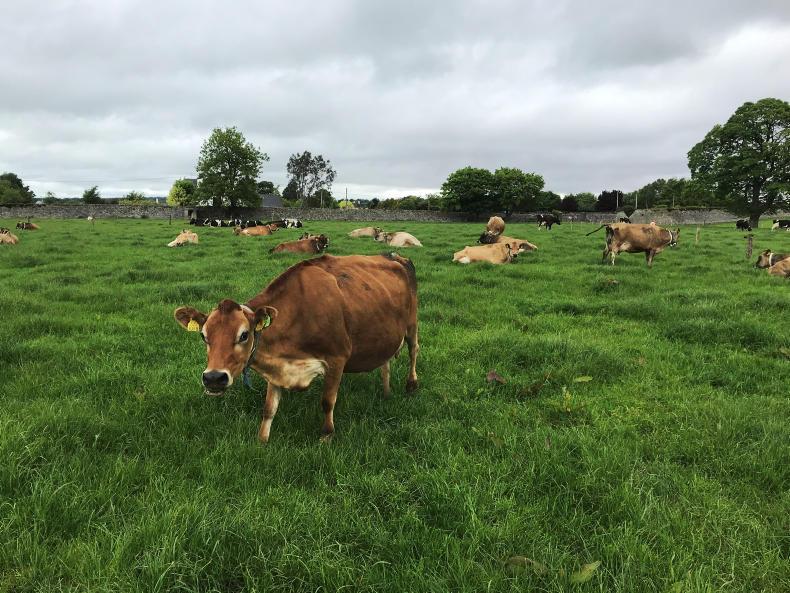
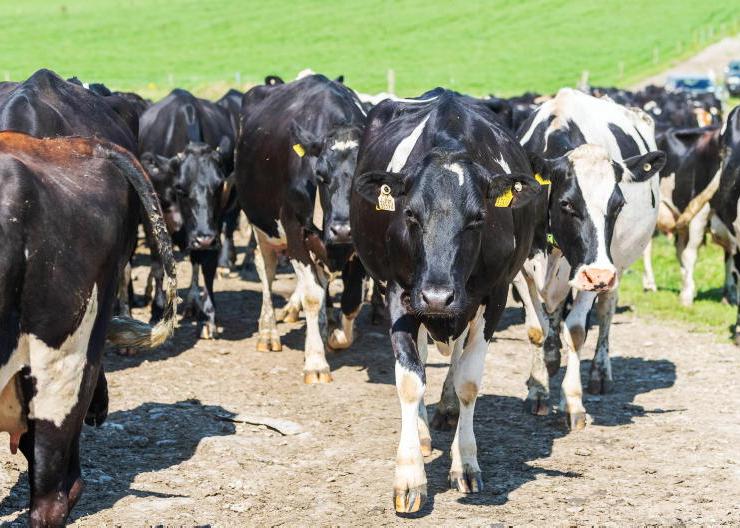

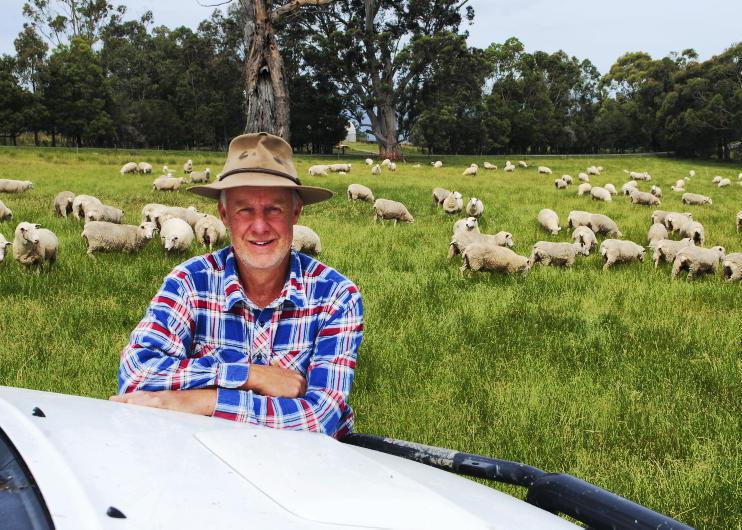
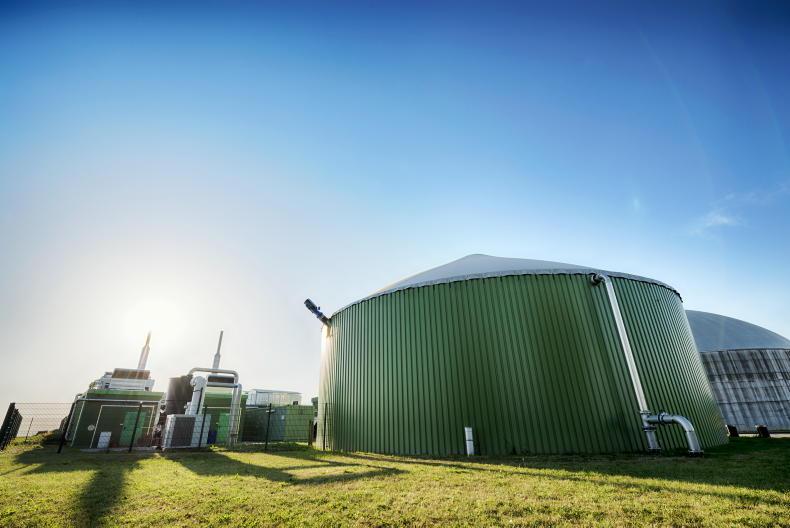
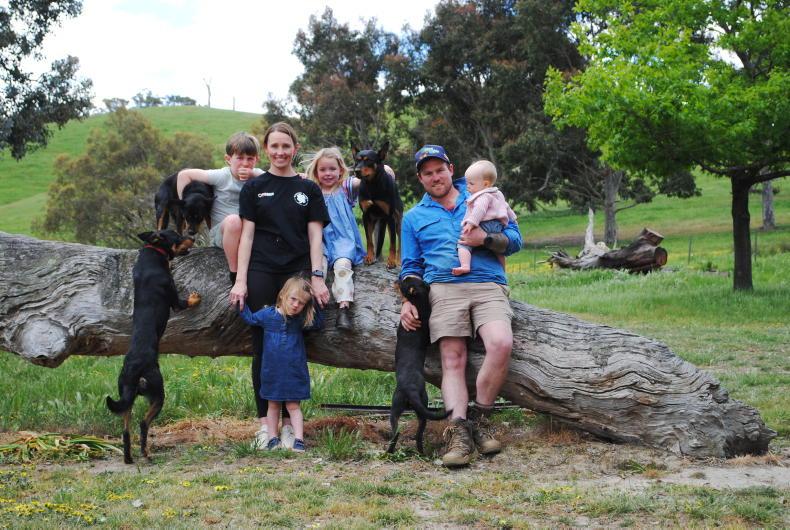
SHARING OPTIONS